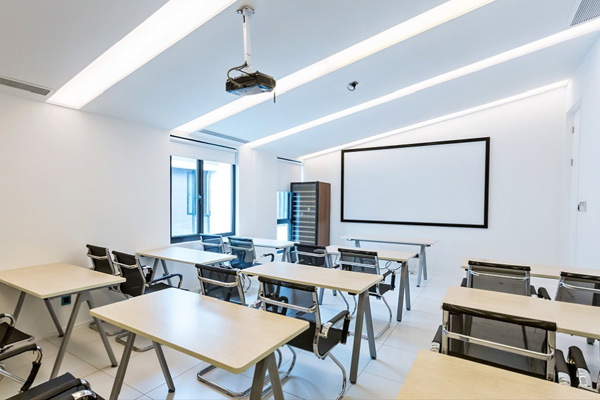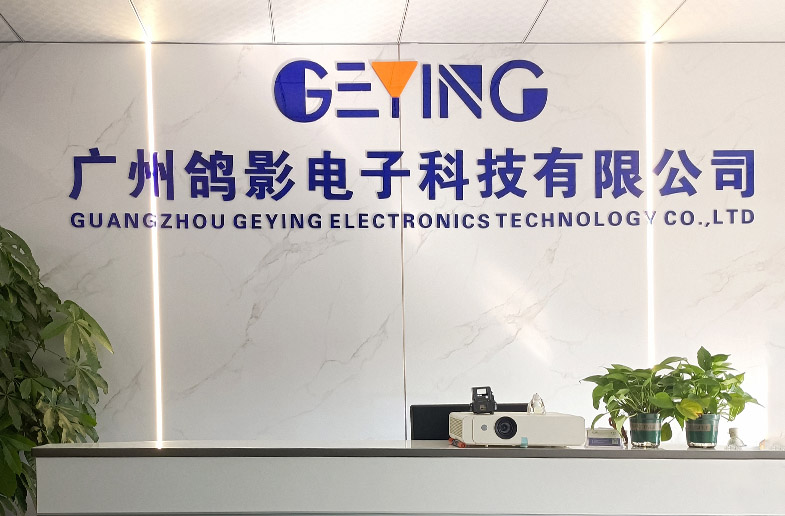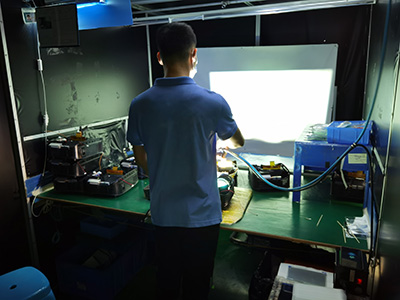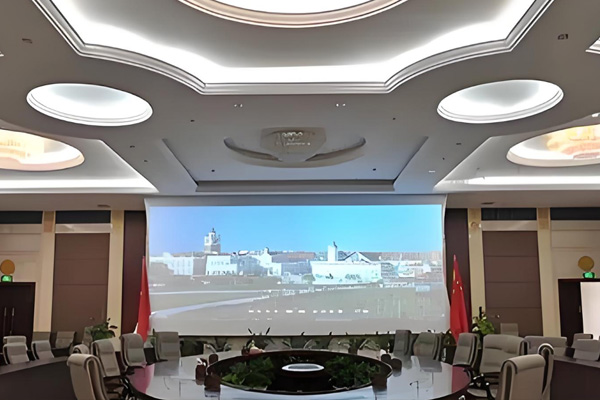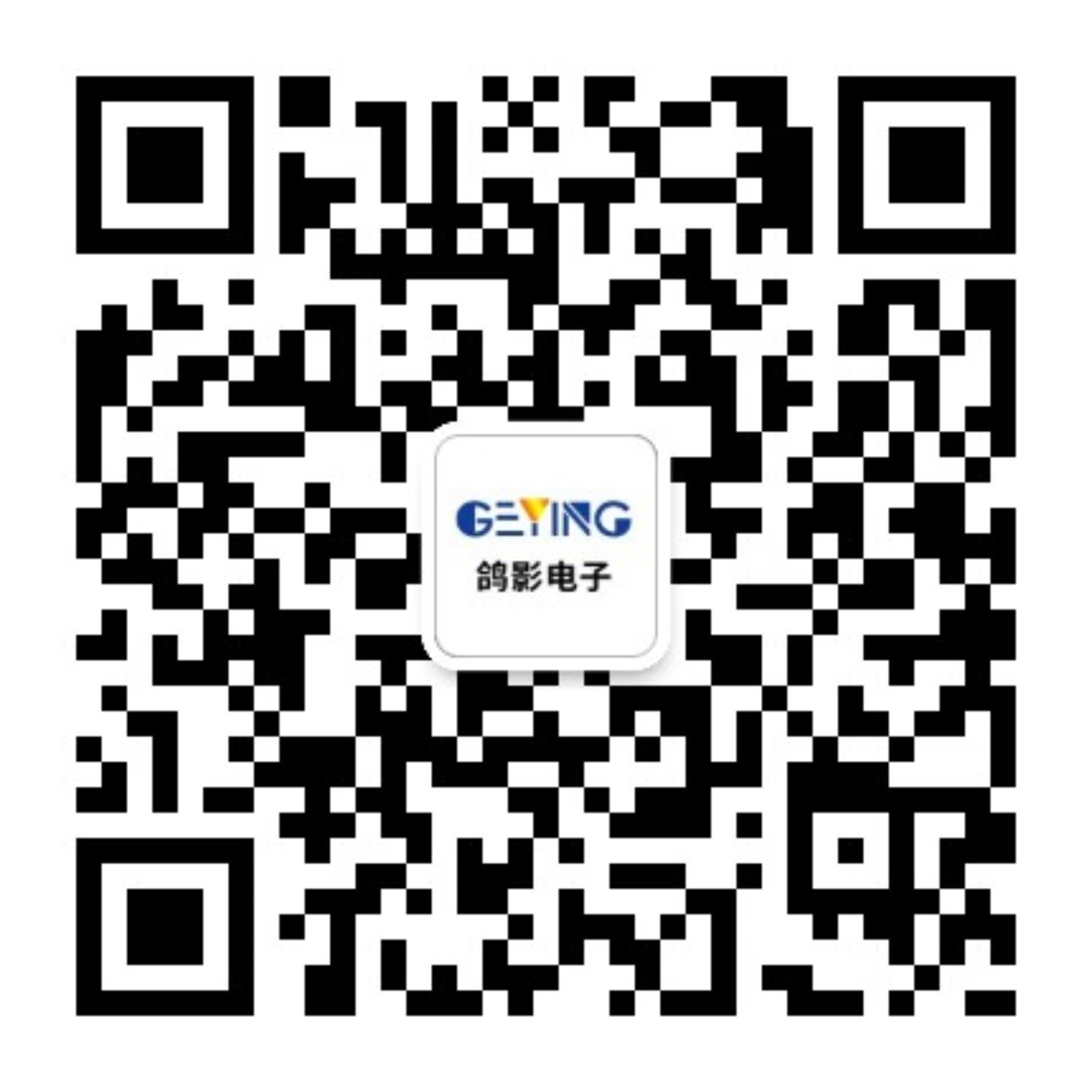ED seems to have constituted Samsung's "continuous supply line" from 5 inches of mobile phone screen to 114 inches of giant screen color TV, which may be the answer to the definition of future display after Samsung completely abandoned LCD panel manufacturing!
Accompanied by Samsung, BOE layout OLED+micro LED
In the global display market, Samsung is the largest terminal brand, and BOE is the largest upstream panel manufacturer. In the next generation of choices, the two now almost go hand in hand.
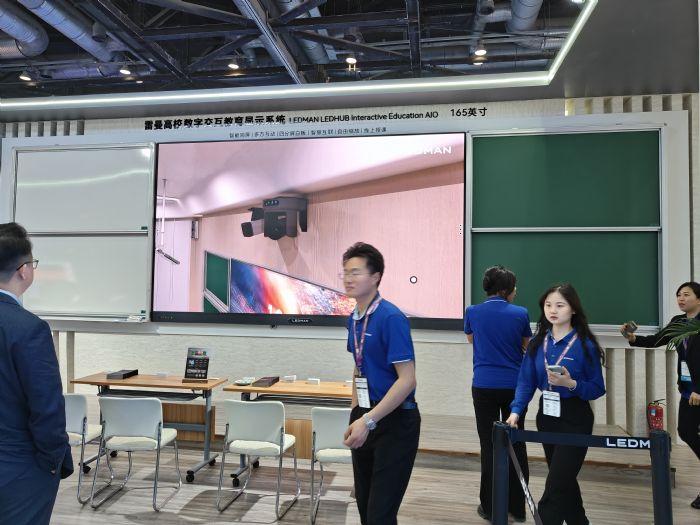
Recently, BOE Huacan Optoelectronics (Guangdong) Co., Ltd. has undergone industrial and commercial changes, and its registered capital has increased from 100 million yuan to 1.86 billion yuan. As an LED upstream wafer, chip and packaging enterprise, holding Huacan Optoelectronics allows boe to even exceed Samsung in the depth of investment in the micro LED industry chain. This is slightly different from Samsung, which relies on THE cooperation of China's Taiwan industry chain and focuses more on the promotion of terminal products on THE WALL.
In addition, that is, Samsung announced in April 2023 to invest 4.1 trillion won (about 21.5 billion yuan) to build 8.6 generation OLED panel production line, mainly for IT 10-40 inch market to expand OLED panel manufacturing capacity; In the first quarter of this year, BOE plans to invest 63 billion yuan to build the 8.6th-generation AMOLED production line project also held a groundbreaking ceremony and entered the construction stage.
IT is worth mentioning that while vigorously developing OLED for IT, Samsung has delayed the expansion of OLED production lines for TV. According to Korean media reports, according to industry sources, Samsung display plans to deploy about 500 large-size OLED personnel to the small and medium-sized OLED field in the first half of this year. This supports the possibility that Samsung may rely more heavily on micro LED in the future color TV.
Although there are differences in emphasis, Samsung prefers the terminal market and boe focuses on the positioning of upstream partners, but the two are almost synchronized in the selection and expansion of OLED+micro LED. Some analysts believe that whether IT is OLED for IT or micro LED for color TV, the initial market is facing cost challenges, and the demand scale is limited, so it is important to occupy the first time node. This can use market saturation to suppress the latecomers to follow.
Move forward cautiously, and more industry partners are optimistic but not impatient
Different from the certainty of Samsung and BOE's investment in IT OLED, LGD and Huaxing Optoelectronics, as the other two big players in the OLED industry market, have some different ideas.
LGD's 8.6-generation OLED plan is expected to be announced in the second half of 2024. At the same time, the plan to sell the Guangzhou LCD 8.5 generation line to raise funds for the OLED new line is still in progress and has not been "finalized."
Huaxing Optoelectronics said that the company does not currently have 8 generation OLED production line investment plans. Huaxing's current core next generation task is to promote the mass production of 5.5 generation printed OLED test lines. Huaxing is more inclined to use a more advanced and low-cost printed display process to achieve lane change overtaking on OLED. At present, Huaxing is also the only enterprise in the world that is building a large-scale printed OLED test line. It is believed that before the final conclusion of this technical route is not reached, Huaxing's investment in the next generation of medium size display technology chain will continue to keep a low profile.
In IT OLED investment, other panel giants such as Deep Tianma and other basic to "maintain attention to respond", Taiwan department of AU, Innolux and so on are more cautious. So, in OLED size, it seems that urgency is not "comprehensive". Whether it is due to overcapacity, or the choice of different technical routes, at least different manufacturers show different heat. - Different manufacturers, the temperature is different, this is also true on the micro LED.
At the beginning of 2024, TCL, the parent company of Huaxing, launched micro LED giant screen color TV products. Previously, TCL and SAN 'an Optoelectronics established joint research and development cooperation on corresponding technologies. This is considered to be an important signal that TCL has increased the micro LED layout in the future large-size display and TV market.
A pioneer in the domestic OLED display market, Vicinot's layout on micro LED is also very aggressive. Its main investment, Chenxian Optoelectronics, invested in the construction of the world's first AM TFT driven micro LED panel module mass production line in 2023 has begun construction. The Visigna system, which currently does not have large-size panel manufacturing capabilities, is eager to rely on this and enter the large-size display market in 2025.
Domestic color TV brands Hisense, Konka, Skyworth have also invested in the micro LED upstream industry chain at different depths. Among them, Hisense and Konka are involved in the complete industrial system of wafers, chips, and packages to terminals. It is also considered a staunch supporter of micro LED large-size display technology.
On the micro LED display, there are both the above highly supported related events, and some "headwind messages." For example, Taiwan's Fucai by selling part of the plant, in fact announced a scaling back of micro LED production expansion plans in the short term. Apple announced that it had temporarily abandoned product plans such as micro LED watches, and directly LED to the death of the OSram Malaysia micro LED wafer and chip project.
Recently, SAN 'an Optoelectronics issued the "Announcement on the extension of the investment Project of raising funds", announcing that it intends to postpone the date when the "Hubei SAN 'an Optoelectronics Co., LTD. Mini/Micro Display industrialization Project" reaches the scheduled usable state. Its commissioning date has been pushed back from June 2024 to June 2026. ...
The above information shows that the mass production of micro LED seems to have encountered certain difficulties and needs longer polishing. At present, the industry is generally expected, "MarketandMarkets previously predicted that the global Micro LED market size in 2018 was $346 million, and it is expected to expand to $18.653 billion by 2026," the prediction is difficult to achieve.
Cost and capacity: OLED and micro LED are unavoidable issues
Whether IT is OLED on IT or micro LED on TV, they all face the same three problems: one is the yield rate, one is the capacity, and the other is the cost.
From the perspective of yield, large-size OLED evaporation technology, cost increase, and defect rate increase are important market competitiveness defects. This is also the reason for the industry to develop new routes such as "lithographic replacement of metal masks" and "printed graphics replacement of evaporation processes".
On Micro LED, the main difficulty now is the problem of large transfer and high precision substrate. The PCB substrate is difficult to obtain a line width below 50 microns, which is a serious divergence from the technical pattern of the future micro LED size below 50 microns. That is, the application of micro LED packaging directly on the PCB board will face a wide bottleneck in the printing circuit. The good news is that there are two solutions for this: one is MIP packaging technology, which is to package the micro LED into a separate device to overcome the line width mismatch problem. This technology is sufficient for applications above P0.5 pitch. The other is the use of glass substrate technology, AM driven glass substrate can achieve smaller lithographic linewidth directly match micro LED chip-level packaging, fewer industrial chain links, with theoretical cost advantages.
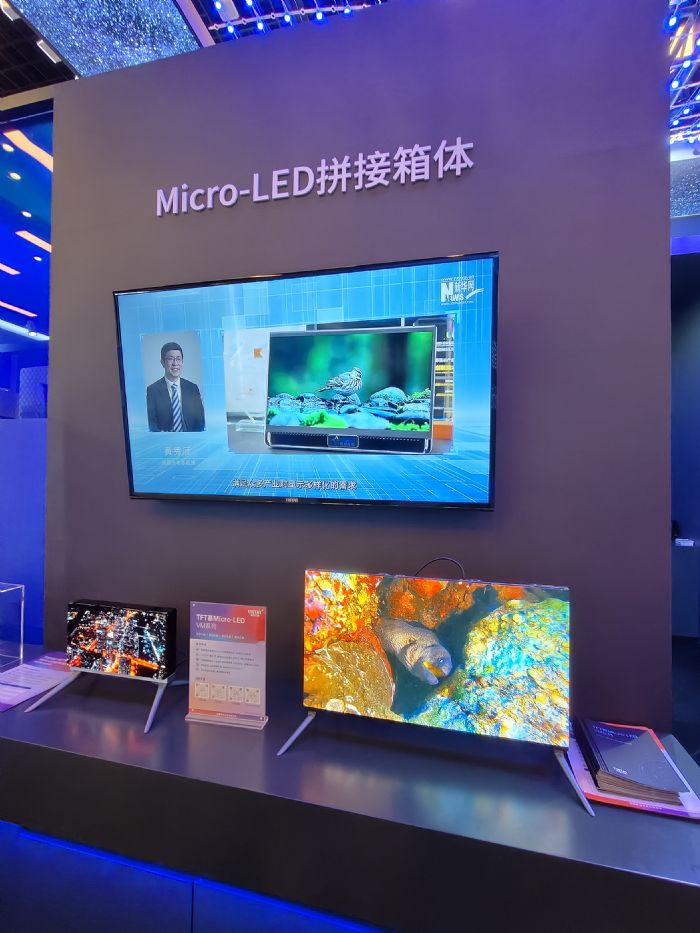
However, no matter what kind of technology, in the era of micro-pitch, micro leds face the efficiency, cost, reliability and repair problems brought by the transfer of "huge pixels". That is, the massive transfer problem. The existing massive transfer means can not meet the cheap, high resolution and massive market demand of the TV market.
At the same time, production capacity is also a common problem for IT OLeds and micro leds. 8.6 generation line, the threshold to achieve scale benefits is more than 30,000 glass substrates per month. That almost corresponds to the annual manufacturing of 10 million 25-inch displays. At present, in the context of the higher price of OLED displays, whether a large amount of investment in production capacity can be digested in time, rather than leading to continued losses of insufficient operating rate, requires a more rational judgment.
For micro LED, the capacity problem will only be more serious. Because, even if there is no new wafer line construction, just the old line from the manufacturing of 100 micron mini LED to the production of 50 micron micro LED, its actual production capacity per pixel will be increased by 3 times, reaching 4 times the original. With the improvement of the luminous efficiency of micro LED, the future of smaller pixel LED crystals can also meet the display brightness demand, which will continue to bring about the expansion of production capacity due to "process upgrading". The good news at this point is that this capacity expansion is extremely low-cost capacity growth.
At the same time, whether it is the 8.6 generation line of OLED or the wafer fab of micro LED, it is a highly intensive project such as capital, technology and capacity. With the input of new production capacity or new processes, it may lead to a cyclical jump in production capacity, forming a cyclical price competition impact on the supply side. The latter is almost the core supply rule in the LCD panel production line.
Of course, if the cost problem can be solved, then the capacity is not a problem. In the past 10 years, the price of LED direct display products with P1.0 pitch has dropped by almost 90%. If this speed is maintained, THE WALL of Samsung, which sells for millions today, may cost only tens of thousands of yuan 10 years later, and enter the ordinary color TV and commercial display markets on a large scale, which can then consume incremental micro LED production capacity on a large scale. - The premise is that large-scale transfer and glass-based technology continue to break through, reducing costs and increasing efficiency.
Today's technological convergence may be tomorrow's key opponent
Regarding the choice of the next generation of display technology, "the core is still the technical level and maturity"! Industry insiders pointed out that in theory, in addition to micro LED splicing dominates the super large screen display market, from the micro-display of XR to the 100-inch large-screen color TV, micro LED and OLED two major technologies can be done.
"micro, small, medium and large display two technologies, only the large project independently belongs to the micro LED"! This will inevitably bring some competition possibilities. That is, today's layout of Samsung's seemingly OLED size connecting micro LED THE WALL is not a static necessity. It is bound to change with the development of technology and technology. Among them, which technology category can take the lead in breaking through the yield rate and cost constraints, has become the key.
The good news is that whether it is in the further development and progress of OLED technology, or the continuous expansion and upgrading of micro LED, China's display industry chain is at the forefront of the world. The proportion of capacity reserves has reached or exceeded half of the global share. "Innovation is flourishing. In the whole display of the future industry, we do not have a blank board!" Industry experts pointed out that the choice of the next generation of the domestic display industry chain is not to "bet on a certain technology", but to "all". In the words of a famous technology V, it is not only far ahead, but also the clearance style!







